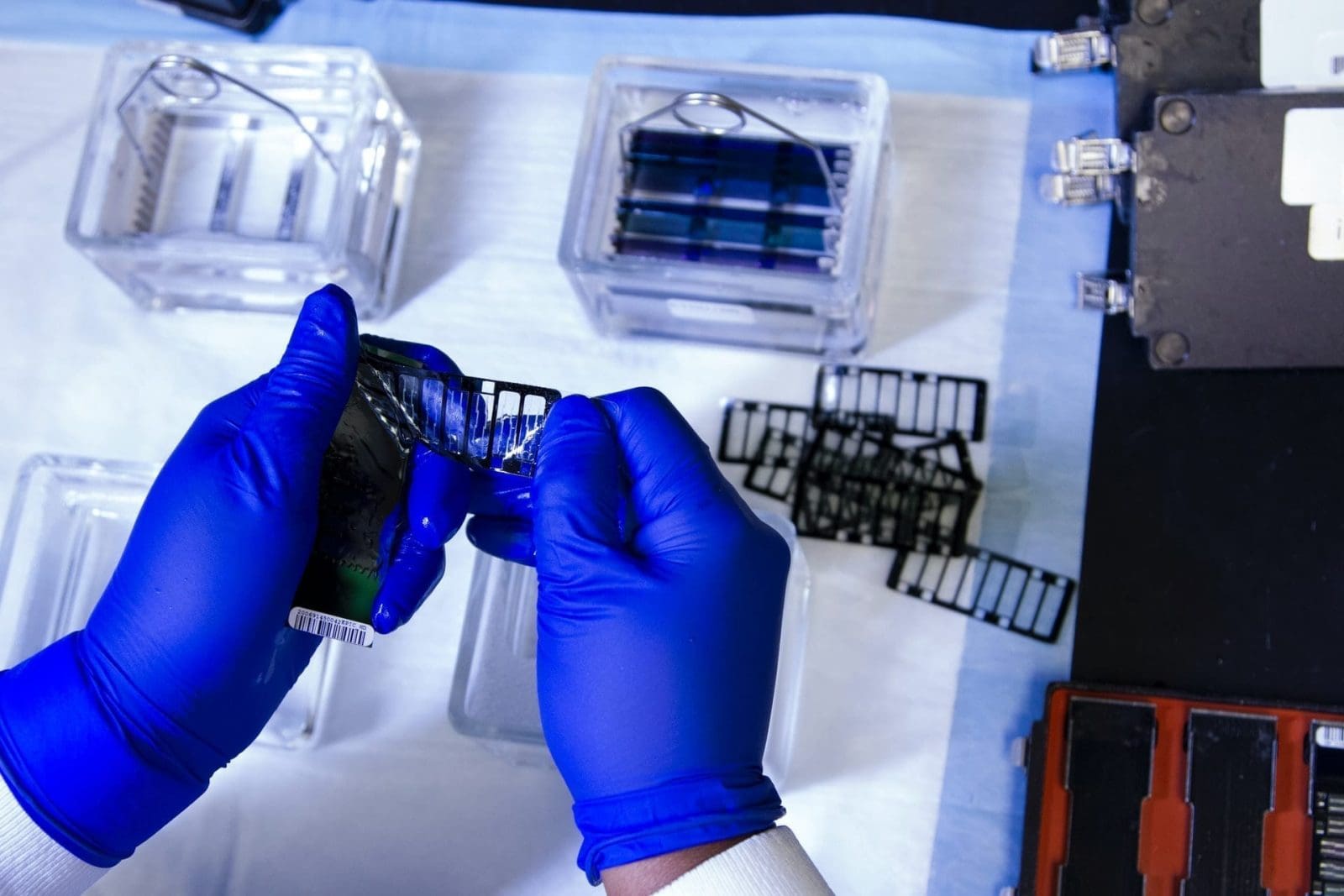The quality of a lab is judged by the quality and professionalism of the reports it generates. It is no surprise then that one of the first things lab owners and managers are concerned about while considering a Lab Information Systems (LIS) is the capability of the reporting module.
Labs that are still using inefficient Lab Information Systems run into a plethora of issues on a daily basis. Firstly, legacy LIS has a lot of manual components to the lab reporting sequence. This is not just costly but is also prone to errors which in turn end up in time delays in report production. This then causes further delays in dispatching reports to the government, public health agencies, and other institutions. The patients and physicians end up having to call the lab to inquire after the said reports. This routine may become a vicious circle of inefficiency if the lab becomes super busy, as is seen in a pandemic, thus tarnishing its image in the marketplace.
However, all of these issues can easily be avoided by deploying a modern, automated, customizable, and efficient reporting module as part of a scalable, integrated and flexible Lab LIS Information System.
Experts agree on the following six key features of a productive LIS reporting component:
LIS Medical Lab Reporting Feature #1: Interoperability
It is crucial for an effective lab reporting software to have the capability to connect with a wide range of electronic medical record and billing services used by the healthcare sector across the country. This can be possible for systems that are built on an open architecture, a versatile interface engine, and provide support to a wide variety of formats, including embedded PDFs, XML, and links in HL7 messages.
LIS Medical Lab Reporting Feature #2: Flexibility
A capable LIS should offer flexible and customizable report templates (including client co-branded or white label reports). Also, on offer should be enhanced value-added features such as personalization, saved preferences, full-color rich text, diagrams, and images. With an ideal LIS, these extra add-ons don’t come with added costs and are pre-loaded into the system with licenses included.
LIS Medical Lab Reporting Feature #3: Configurability
With an embedded templating engine, a well-designed Laboratory Information Systems (LIS) offers configurable reports. This saves cost and time. The generated reports also benefit from additional options such as support for annotations, macros, and attachments (including images and diagrams).
LIS Medical Lab Reporting Feature #4: Integration
The successful system should be able to automatically integrate different test results from multiple departments into one easy-to-read report. This feature saves valuable time and human resources.
LIS Medical Lab Reporting Feature #5: Decision Support Systems
The healthcare industry is transitioning towards a value-based care model. The Lab Management Software needs to reflect this change intuitively by generating reports with suggestions from various risk assessment tools, such as decision support systems and best practice protocols. This elevates the report from just being a ‘bunch of data’ to a more holistic clinical aid for the caregivers. DocRx’s physician dispensing model works in the same way.
LIS Medical Lab Reporting Feature #6: Automation-Based Multi-Channel Distribution
An innovative LIS reporting system should have the capability to automatically distribute lab reports across multiple platforms including email, fax, various web portals (provider and patient), remote and local printers, and/or SMS/text messages.
LigoLab LIS & RCM (Revenue Cycle Management) Operating Platform is one such example of a one-stop software solution for labs to adopt in 2021 and onwards.
Other Key Features
The latest innovative Laboratory Management Softwares use web-based, Quick Response (QR) barcodes enabled Specimen Tracking Systems with electronic workflow architecture that automates lab workflows resulting in a tremendous reduction in turnaround times, efficient reallocation of human resources, and raised revenues. TestDirectly’s Direct-to-Customer Lab Testing Portal is a good example of this. Scalable pricing model, auto-billing, and pooled testing are some of the other advancements of the LIS of choice.
Conclusion
Moving forwards, the secret of success in today’s fast-paced healthcare market, pressed by the COVID-19 pandemic, is building a realistic and future-ready digital and automated business model. Deploying the most proficient information and management software solution in 2021 will separate the winners from the losers in the coming time.
Photo by National Cancer Institute on Unsplash
About the Author/s
The New Jersey Digest is a new jersey magazine that has chronicled daily life in the Garden State for over 10 years.
